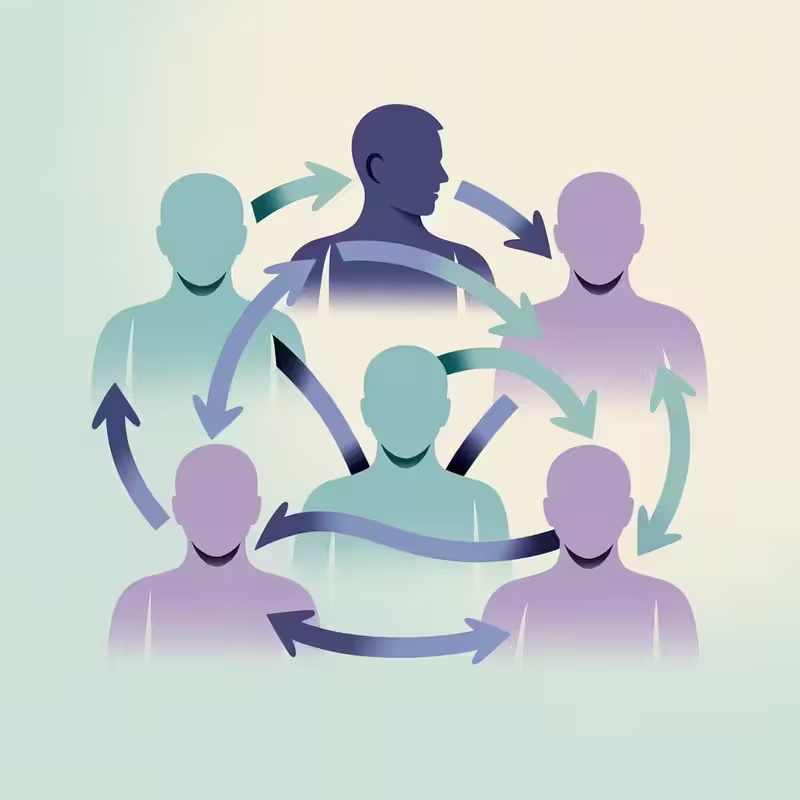Aspects of Human Resources are often seen as administrative tasks, but they are the backbone of an organisation. Did you know that companies with strong HR practices grow 3.5 times more than those without? This amazing stat from a 2022 Harvard Business Review study shows just how powerful HR can be. From recruitment to compliance, the core functions of HR are not just about managing people – they’re about shaping the future of work.
Take recruitment for example. Writing a job description isn’t just about listing responsibilities; it’s about storytelling that attracts the right talent. Compensation isn’t just about paychecks; it’s about designing benefits that reflect an organisation’s values and culture. And training programs are often seen as a checkbox exercise; but they can be a game changer for employee retention and performance.
But HR isn’t without its challenges. Talent shortages, remote work dynamics and changing regulations require innovative solutions. By digging into the core aspects of Human Resources, we’ll look at how these functions interconnect to create workplaces that work. Let’s uncover the strategies that turn HR from a support function into a strategic powerhouse. After all, the real HR is about balancing people and productivity – a delicate but rewarding job.
Core Functions of Human Resources
A. Recruitment and Talent Acquisition
Recruitment is more than just filling vacancies—it’s finding the right fit for your organisations culture and goals. Crafting job descriptions that resonate with candidates requires a mix of clarity and creativity. Did you know 75% of job seekers consider a company’s brand before applying, according to LinkedIn’s Global Talent Trends report? This means your recruitment strategy needs to align with your company’s brand.
Sourcing candidates is more than just posting on job boards. Using social media, employee referrals and even AI driven tools can uncover hidden talent pools. The interview process is also evolving. Structured interviews, behavioural assessments and skills based evaluations are replacing traditional unstructured conversations. And once you’ve found the right candidate, onboarding is the bridge between hiring and long term success. A well designed onboarding program can improve retention by 82% as per Glassdoor.
B. Compensation and Benefits
Compensation isn’t just about numbers on a paycheck—it’s a statement of how much an organisation values its employees. Developing competitive salary structures requires a deep understanding of market trends, internal equity and employee expectations. But it doesn’t stop there. Benefits programmes from healthcare to flexible work arrangements play a big role in attracting and retaining top talent.
For example, a 2023 survey by the Society for Human Resource Management (SHRM) found 92% of employees consider benefits a key factor in job satisfaction. But navigating the legal landscape of compensation—minimum wage laws, overtime regulations and pay equity—adds another layer of complexity. Finding the balance between fairness and competitiveness is where HR really shines.
C. Training and Development
Training isn’t just about teaching people how to do their job – it’s about empowering them to grow. Identifying training needs involves understanding both organisational goals and individual ambitions. From leadership development to technical skills, bespoke programmes can close the gaps and drive performance.
Performance management is moving from annual reviews to continuous feedback loops. Companies like Google and Adobe have gone real-time feedback. Career paths are no longer linear. Offering lateral moves, mentorship programmes and upskilling opportunities can keep people engaged and invested in their role.
D. Employee Relations
A positive work environment doesn’t happen by accident—it’s built through intentional efforts. Managing conflicts and grievances requires empathy, fairness, and a clear understanding of company policies. But fostering engagement goes beyond resolving issues. It’s about creating a culture where employees feel valued and heard.
Diversity and inclusion practices are also critical. Research by McKinsey shows that companies with diverse teams outperform their peers by 36% in profitability. Implementing initiatives like unconscious bias training, inclusive leadership programs, and employee resource groups can transform workplace dynamics.
E. Compliance and Legal Considerations
Navigating the legal landscape is one of the most challenging aspects of HR. From labor laws to workplace safety regulations, compliance is non-negotiable. Ensuring adherence to these standards protects both employees and the organization.
Data privacy, too, is a growing concern. With the rise of remote work, managing sensitive employee information securely has become paramount. HR professionals must stay updated on regulations like GDPR and CCPA to avoid costly penalties and maintain trust.
Common HR Challenges and Solutions
A. Talent Shortages and Skills Gaps
The global skills gap is widening, with 87% of companies reporting shortages in critical areas, according to a 2023 report by ManpowerGroup. Addressing this requires innovative approaches, such as upskilling current employees, partnering with educational institutions, and leveraging technology for talent acquisition.
B. High Employee Turnover
Turnover is costly—both financially and culturally. To combat this, organizations must focus on retention strategies like career development, recognition programs, and work-life balance initiatives.
C. Managing Remote Teams Effectively
Remote work is here to stay, but it comes with challenges. Building trust, maintaining communication, and fostering a sense of belonging are key to managing distributed teams successfully.
D. Maintaining Compliance with Changing Regulations
Laws and regulations are constantly evolving. Staying ahead requires proactive monitoring, regular training, and collaboration with legal experts.
E. Implementing Effective Communication Strategies
Clear, consistent communication is the glue that holds organizations together. Whether it’s through town halls, newsletters, or digital platforms, keeping employees informed and engaged is essential.
By understanding these core aspects of human resources, organizations can transform HR from a support function into a strategic driver of success. From recruitment to compliance, every function plays a vital role in shaping the employee experience and, ultimately, the future of work. Let’s explore these areas in detail to uncover actionable insights and innovative solutions.

